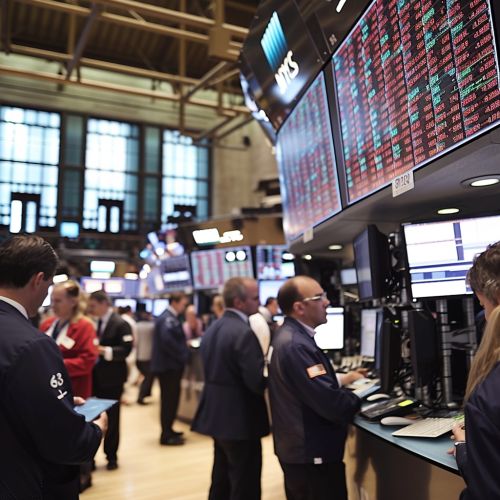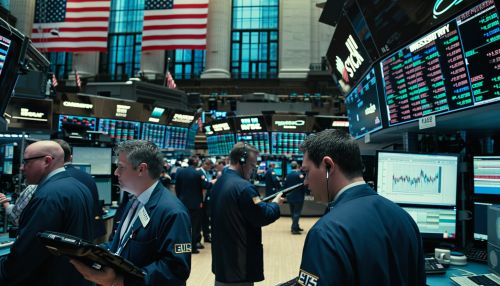Stocks
Introduction
Stocks, also known as shares or equities, represent ownership interest in a company. They are a type of security that gives stockholders a share of ownership in a company. Stocks also provide companies with access to capital in exchange for giving investors a slice of ownership.
Types of Stocks
There are two main types of stocks: common and preferred.
Common Stock
Common stock is the most common type of stock that people invest in. It represents a claim on part of the company's assets and earnings. As you acquire more common stock, your ownership stake in the company becomes greater. However, shareholders have the last claim on assets and earnings. This means that if the company goes bankrupt, the common shareholders will not receive their money until the creditors, bondholders, and preferred shareholders have been paid in full.
Preferred Stock
Preferred stock represents some degree of ownership in a company but usually doesn't come with the same voting rights. With this type of stock, you will have a higher claim on the company's assets and earnings. This means that you will receive dividends before the common shareholders and you will have a higher claim on assets if the company goes bankrupt.
Stock Market
The stock market is where buyers and sellers trade stocks. The stock market can be split into two main sections: the primary market and the secondary market. The primary market is where new issues of stocks, called initial public offerings (IPOs), are sold. The secondary market is where all subsequent trading takes place and is what most people typically refer to as the "stock market".
Investing in Stocks
Investing in stocks can be a powerful way to increase wealth, but it's not without its risks. Stock prices can fluctuate dramatically, and losses can be substantial. However, with careful planning and consideration, investing in stocks can be a worthwhile endeavor.
See Also


